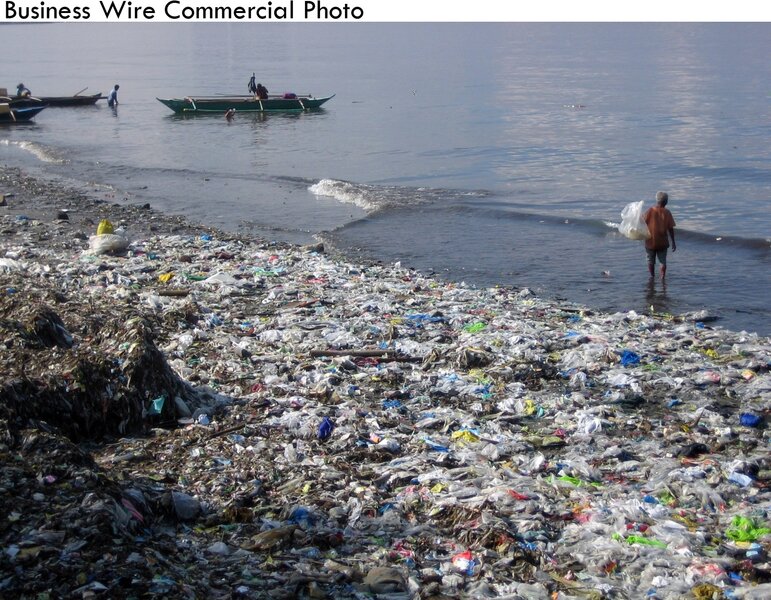Hawaiian islands strewn with debris: Where did it come from?
Loading...
Household goods, fishing gear, plastic, and wood carried by Pacific currents are building up around the Hawaiian archipelago.
The Japanese government commissioned the aerial survey to determine how much of the debris that has built up around hot spots on the coasts of the Aloha State's eight main islands was the result of Japan's devastating 2011 tsunami that killed around 19,000 people and resulted in the second-worst nuclear power disaster in history.
As it turns out, the bits of plastic, old tires, and other pieces of garbage staining Hawaii's pristine shores have a much more mundane and routine origin: careless dumping.
"This survey found a very limited amount of debris associated with the Japan tsunami," Suzanne Case, chairwoman of the Department of Land & Natural Resources, told the Associated Press. "Most of what was mapped is common, everyday items that someone haphazardly tossed onto the ground or directly into the water."
The globe's oceans have become floating repositories for much of the world's discarded trash. Ocean currents can carry debris for long distances around the globe. Much of it eventually ends up in swirling around the infamous "Great Pacific Garbage Patch."
There is so much debris floating around in the ocean that when rescue teams were scouring the Pacific for the missing Malaysian Airlines flight MH-370 in 2014, crews continually mistook miscellaneous junk for pieces of the missing airliner.
"Everything that humanity does is reflected in the debris out there," Seattle oceanographer Curtis Ebbsmeyer, who studies sea-bound trash, told The Christian Science Monitor during the lengthy search for the missing plane.
Around Hawaii, the Niihau island has the most debris – nearly 8,000 pieces. Oahu, the state's most populated island, has the least – just under 1,000 pieces. Most of Oahu's debris is gathered around the island's northeastern tip.
The information gathered during the survey could help state officials to coordinate clean-up efforts.
"Understanding the types, sizes and locations of debris accumulating on Hawaiian coastlines is crucial in developing plans to streamline removal and mitigate negative impacts," Kirsten Moy, the state's marine debris coordinator, told the AP.
This report contains material from the Associated Press.






